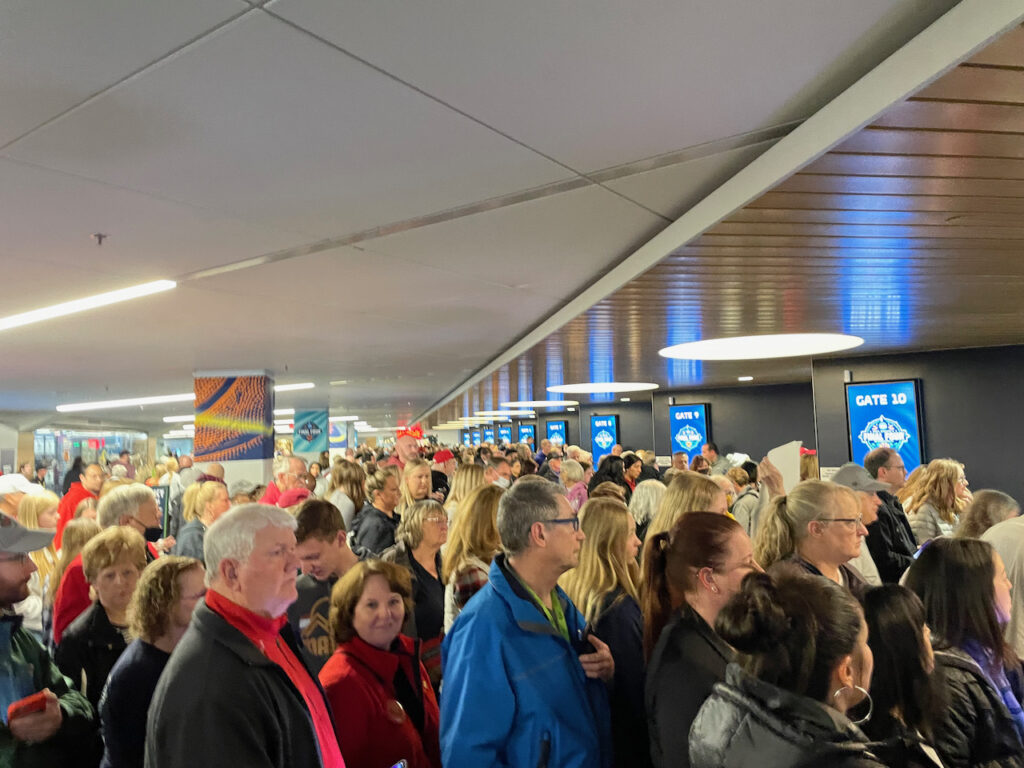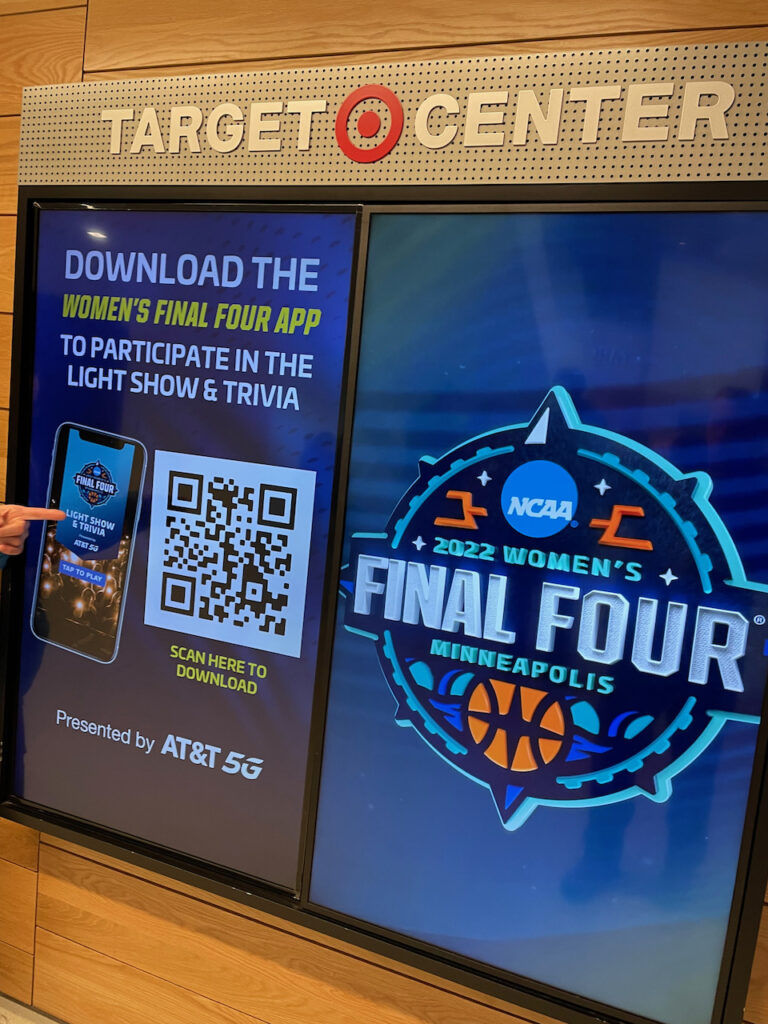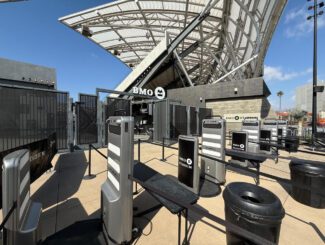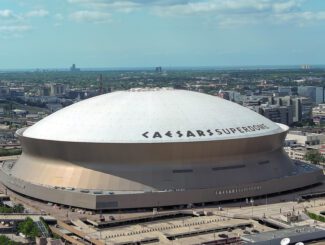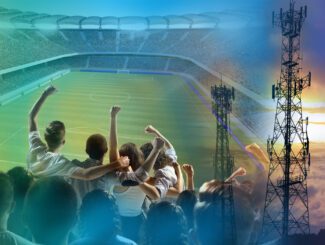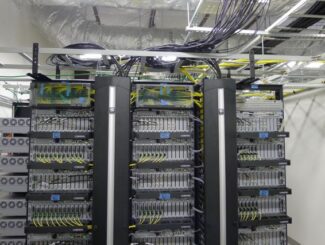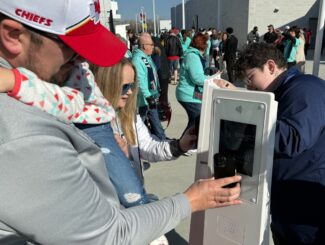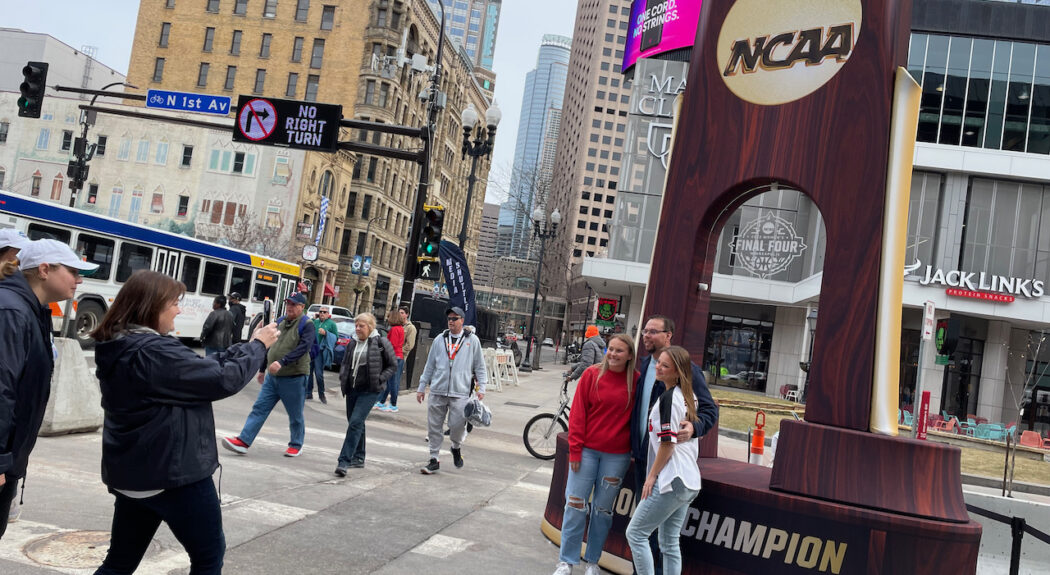
In what seems like a strange procedure for a national championship event, the Target Center in Minneapolis turned off fan access to the stadium’s Wi-Fi network for the recent NCAA Women’s Final Four, forcing visitors to use only cellular communications for any in-venue connectivity.
According to a Target Center spokesperson, though the stadium regularly offers free Wi-Fi to fans for Minnesota Timberwolves NBA games and other events, the service was locked down to fans for the Women’s Final Four “as a precaution to accommodate the record amount of media in attendance.” According to the NCAA, it issued 848 credentials for registered media and broadcast partners at the event, which it said was a record number for the women’s championship.
Neither the Target Center nor the NCAA would comment on why additional resources were not deployed to provide Wi-Fi for both fans and media, as is commonplace at the Men’s Final Four sites. In fact, at the Men’s Final Four at U.S. Bank Stadium in Minneapolis in 2019, the stadium deployed a completely separate temporary Wi-Fi network to provide service to the temporary seating on the football-field floor. The media network coverage at that same event included not just wireless but wired connections to many of the media seating spots.
Stadium Tech Report, which attended this year’s Women’s Final Four semifinal games on Friday, April 1, noticed some other technology shortcomings that may have impacted the game-day experience for the sellout crowds, which were at or above the venue’s 18,000-seat capacity for all three games. While the event did have its own app, a feature on the home page that advertised an ability for fans to order food and beverages via mobile devices was in fact not available for most of the concession stands. STR could only find two stands that were available for such digital orders, and fans had to be in the Loge Box premium seating area to make the purchases.
According to the Target Center spokesperson, “through the Target Center app we generally offer mobile ordering at no more than four stands and in-seat food delivery is only available for select seating areas during NBA and WNBA games. We did not change our practices for NCAA games.”
The Target Center also did not deploy any type of additional entry security or ticketing gates to handle the Final Four crowds, which led to a very congested entry procedure on Friday night. According to the Target Center spokesperson, “ingress for both the semifinal and championship games was standard for a crowd of this size. All gates were open and fully staffed.”
Stadium Tech Report, which reported on the Target Center’s Wi-Fi network upgrade from a few years ago, could see the Target Center Wi-Fi SSID during our Final Four visit, but it was locked and not available for free access.
AT&T, which was an official sponsor of the event, said it saw 2.3 terabytes of cellular traffic on its networks at Target Center during the weekend, including 1.3 TB during Sunday’s championship game. According to an AT&T spokesperson AT&T had its 5G millimeter wave services available inside the building, and 5G traffic accounted for 12 percent of the total. While Verizon services were also available inside the Target Center, Verizon did not report statistics from the event.
